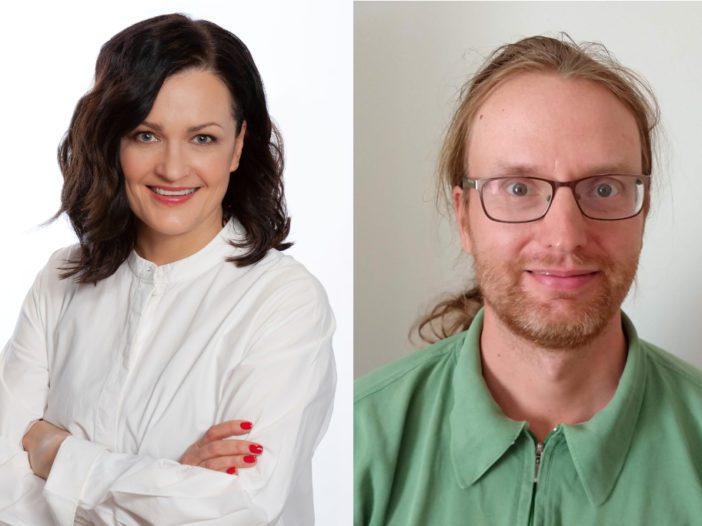
The Tandem Industry Academia Professor funding programme allows experienced researchers to work on dedicated research projects in a corporate environment. Jari Hyväluoma from the Natural Resources Institute Finland and Saara Kankaanrinta from Soilfood explain how research collaboration benefits the partners involved in joint research projects as well as society at large.
Professor Jari Hyväluoma today spends most of his time either writing code on a computer, digging up soil in a field or analysing soil samples in the laboratory. He’s in the process of developing what is known as a flow modelling method, which will help to understand how soil improvement fibres affect soil structure and thus the water conductivity of soil.
Hyväluoma and his team are working in a FRIF-funded joint project between the Natural Resources Institute Finland and Soilfood, a Finnish circular economy company that produces wood-based soil improvement fibres. The project is intended to explore the effects of soil improvement fractions produced from forest industry side streams on the structure of arable land. Funding was granted in December 2022, and the project has now completed its six-month start-up phase.
“Soil structure research is obviously closely dependent on seasonal conditions. We have spent the spring developing the methods we will need and analysing the relevant background data. At the moment we are preparing for sample collection after threshing,” Hyväluoma says.
The depletion of organic matter in soil is a global problem that has also been observed in arable land in Finland. Apart from its climatic impacts, the depletion of organic matter weakens the growth potential of soil. The project’s results will benefit not only stakeholders in the agricultural sector but also support soil carbon sequestration, reduce the burden of agriculture on waterways and improve crop yields from available arable land.
“Finding solutions to the sustainability transition is not possible without science,” says Saara Kankaanrinta. She is founder not only of Soilfood but also the Baltic Sea Action Group, a non-profit foundation committed to saving the Baltic Sea. Kankaanrinta received the Globe Energy Award in 2019.
The company’s collaboration with Professor Hyväluoma’s project means that Soilfood has immediate access to the research results and that they can put them to good use in product development, but also communicate them to the outside world. “Research collaboration is not just about producing added value and growth for the company. Solving the major crises facing society is equally important,” Kankaanrinta points out. “We need to be able to show both to farmers and to society why the circular economy is so important and what value our products have for the soil and the environment. Our aim is to provide solid scientific evidence on what is happening in the soil.”
This is why Professor Hyväluoma is devoting his time to gain an in-depth understanding of the structure and growth conditions of soil. “I think our project finely brings together the examination of the effects of Soilfood’s soil improvement fibres and the solution of research problems related to soil structure. In my researcher role I get to make use of the existing knowledge and practical experiences of the effects of soil improvement fibres and to tie this all in with my research expertise,” Hyväluoma says.
Research collaboration is a great way to support corporate R&D work, but Kankaanrinta is keen to stress that the search for solutions to the sustainability transition should not be exclusively focused on product innovations. She emphasizes the key importance of basic research, which is essential to learning how to strengthen and improve biodiversity and well-being. “There is no technical silver bullet that will solve all soil problems, i.e. climate change, disruptions in the water cycle and biodiversity loss. We must also change our current practices and ways of working.”
Climate change is also bound to bring changes to farming, which means that farmers must learn to adapt to extreme weather conditions and to crises driven by climate change. Soil improvement fibres will provide much-needed water retention capacity in the event of excessive dryness or wetness. Indeed, Kankaanrinta feels that, along with the research institute and business collaboration, farmers are an important third party in this project.
“The impact of the research knowledge we produce will ultimately be measured in terms of whether the improvement of soil conditions and the value of nutrient recycling can be justified to farmers and the profitability of their business be improved,” she says. “In the end, of course, we will also need a social governance policy because we are working to solve common crises.”
Explore the TIA Professor 2023 call and register for the info session on September 4th!

